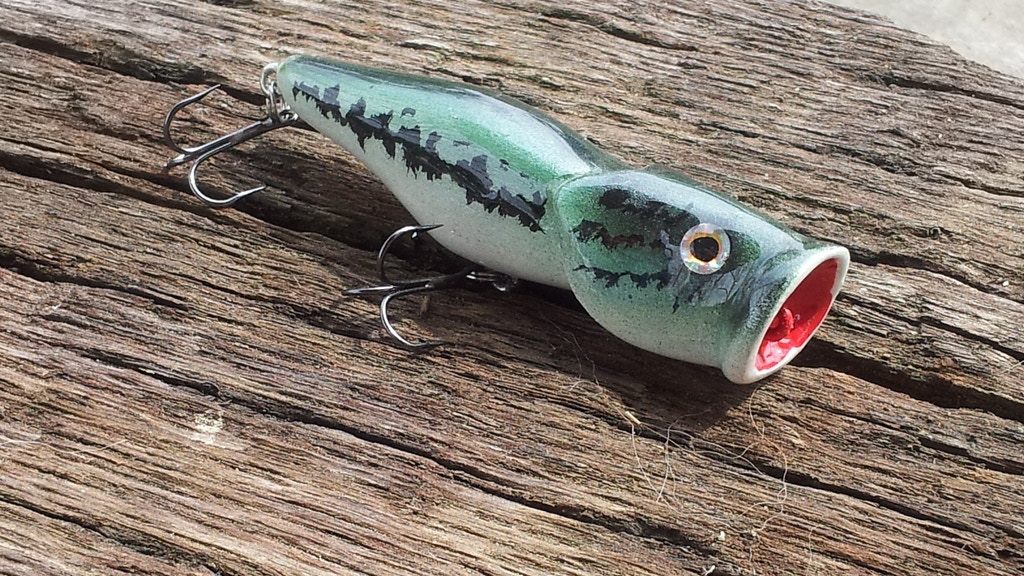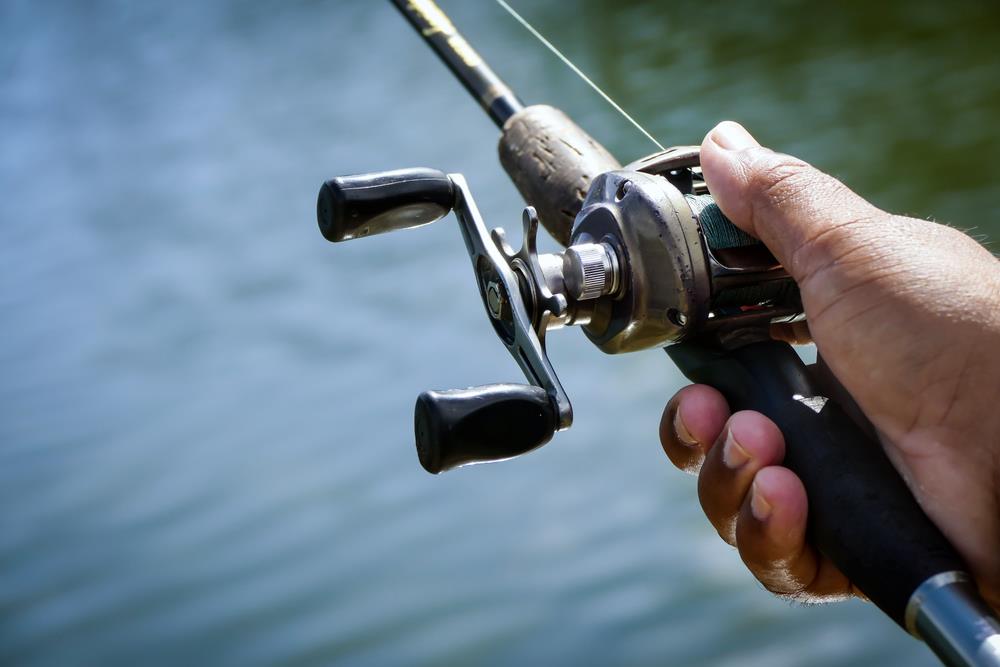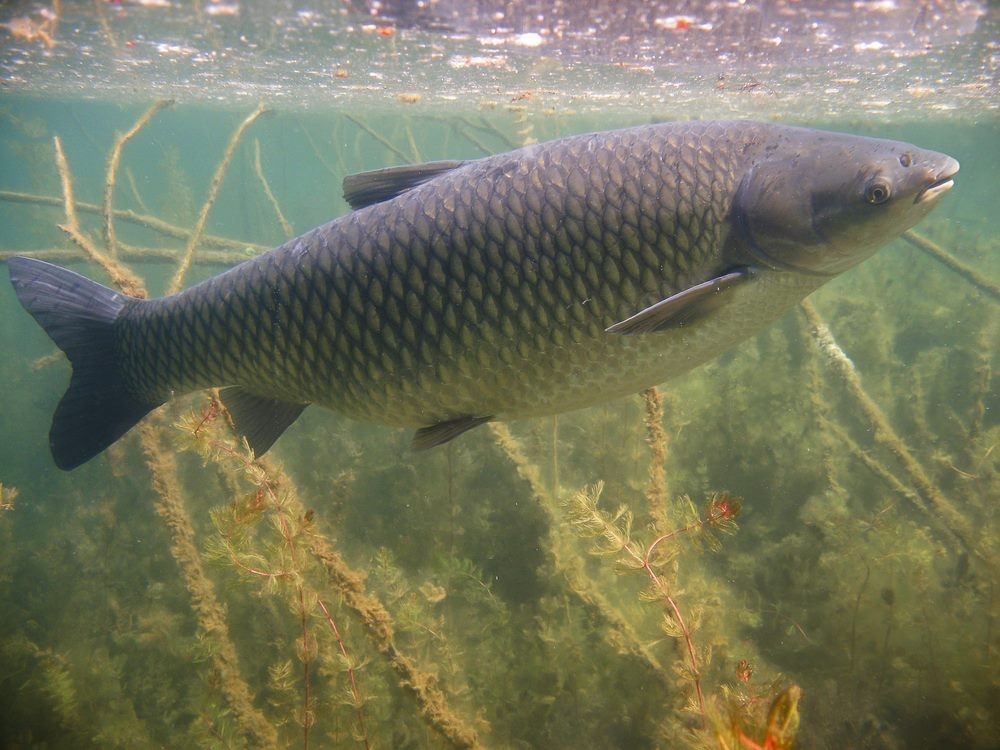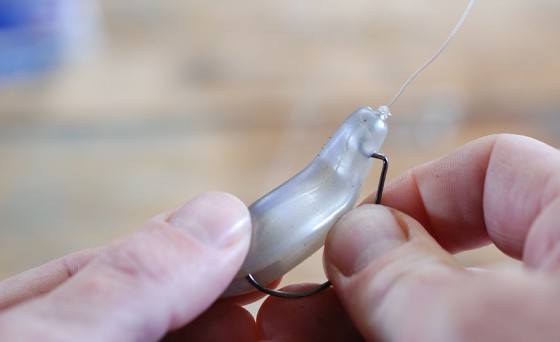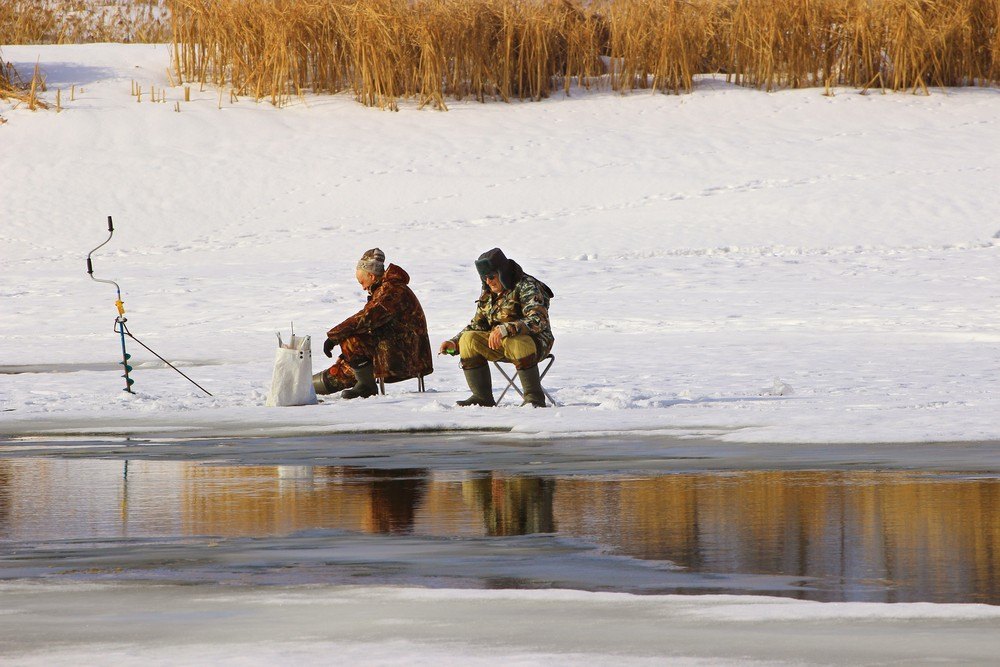The 6 Types of Lures That Will Level Up Your Fishing Game
Fishing is more than just catching fish. It is an excellent way of realizing your individuality and boosting your happiness. It is not only a calming hobby, but it could also be a fascinating and challenging sport that you can enjoy with friends. Furthermore, you can enjoy the smooth waves, fresh air and the surrounding … Read more
